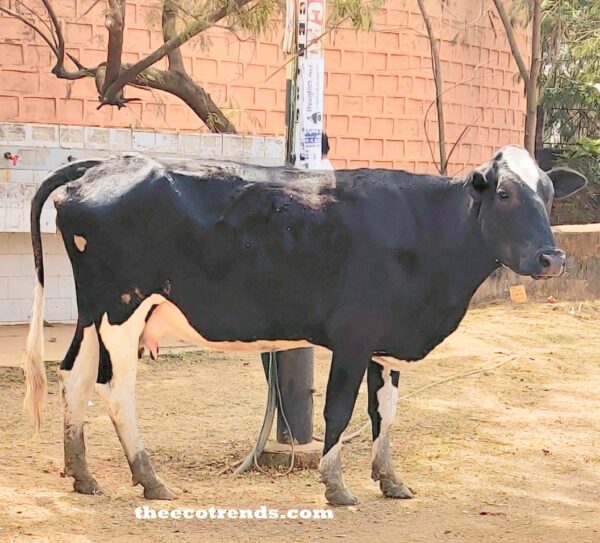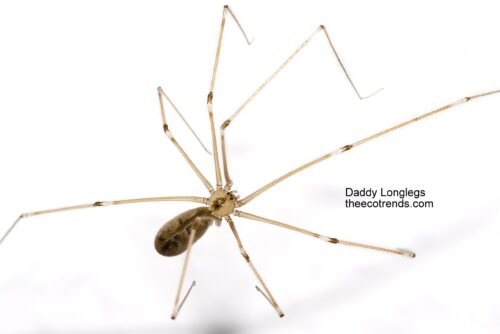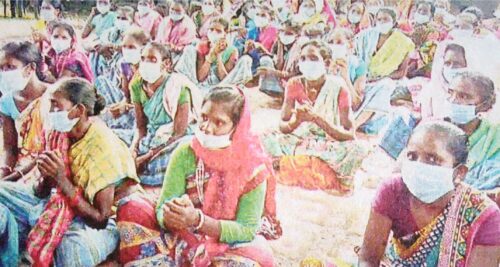The Makar Sankranti, the festival of Sun Worship and the festival of harvest is usually celebrated on 14th or 15th of January every year. This year, it is going to be celebrated on the 14th January 2021.
It is known by different names in different parts of the country. In South India, it is known as Pongal; in Uttar Pradesh, Bihar, Jharkhand etc. states it is known as Makar Sankranti (The Winter Solstice) and in Punjab it is known as Lohadi.
In Assam this festival is known as Bihu. In spite of different methods of celebration of this festival in different parts of the country, the worship of sun and offerings are basic to all parts.
According to the religious acceptance the sun enter into Capricorn on this day. This day is the end on winter Solstice. The sun moves into Northern Hemisphere from Southern Hemisphere on this day. Kharmas ends on this day. All the sacred rituals that were stopped during Kharmas start on this day. The auspicious time of marriage starts after this day.
According to religious acceptance all the desires are fulfilled after bathing and offering water to sun God. After worshiping the Sun God Til-laddoos, grains, warm clothes, blankets etc, are donated to the poor. These acts remove al the poverty of the worshipper.
Since the day of the Makar Sankranti season starts changing gradually. The heat of the sun starts increasing People love to fly kites on this day. Great enthusiasm is seen in the people of all ages in flying kites.
The people of Punjab and Haryana celebrate Lohadi a day before the Makar Sankranti. This festival is particular especially to those families that have newly wedded pairs. Children take money from those families and buy groundnuts, gajjaks, and Phulla etc. While dancing Bhangada and Gidda they put till, Jaggery, groundnut etc. into fire. All enjoy dance and music.
Bengalis worship Chowri Bouri on the day of Makar Sankranti. Pitthas of rice are particular dishes of the day. Khoya and coconut powders are stuffed into rice pitthas. People distribute pitthas along with laddoos of til.The morning starts with bathing and worshiping Sun God. People go on picnic on this day.
Mithila people of Bihar and Jharkhand call Til Sankranti to Makar Sankranti. Mithila people take bath before sunrise and offer water to the rising sun. They burn stubbles of til plant. People eat chuda, dahi and tilwa. Khichadi is also cooked on this day. Magh Snan is also very popular before the Sun-Rise on this day. Women feed til and rice to their children.
The People of Bhojpuri Society bathe early in the morning and offer water to the Sun-God. After this they offer laddoos of til, grains, chuda and Dahi to Brahmins and to poor people. All the people customarily eat Khichadi on this day. They eat Dahi and Chuda also. Everyone remains enthusiastic.
People of Bihar and Jharkhand, wake up early in the morning and take bath in sacred rivers on this day. They offer water to the rising sun and offer grains and tilkut to Brahmins and the poor. Tilkut is very famous in Bihar and Jharkhand.
Tilkut of Gaya is especially famous. Gaya is a district town of Bihar. In every market in every city you will find sign boards writing Tilkut of Gaya is sold here. Experts of Gaya are hired to prepare Tilkut about 15 day ago to the Makar Sankranti in every city of Bihar and Jharkhand. People buy Tilkut of Gaya standing in long lines. An image of Tilkuts of Gaya is featured here for your reference.
U.P. People eat Lai and Gatta or gud on this day. They take bath early in the morning and offer water to the sun God. After that they offer Dan to Brahmins and the poor. After that they touch till and gud. The breakfast starts with Dahi and Chuda with Bheli or Gud and the lunch incorporates Khichadi. Even dinner too ends up with Khichadi on this day.
Days stat to be longer, and nights to be shorter since the day of Makar Sankranti. According to the Hindu Mythology Bhishm Pitamah had died on this day. The Mother Goddess Ganaga had reached to the Ashram of Kapil Muni on this day.
The Kerali People reveal that Makar Jyoti is seen on the top of the Aiyappa Temple of Sabarimala on Makar Sankranti. This indicates new revival. People worship the Sun God. An atmosphere of functions is seen everywhere. People of Kerala community accept Makar Sankranti on he first day of the year. All the temples are decorated on this day.
Key Words : Makar Sankranti, winter solstice, Tilkut, chuda, dahi, Bheli, gud, Kerala, temple of Sabarimala




